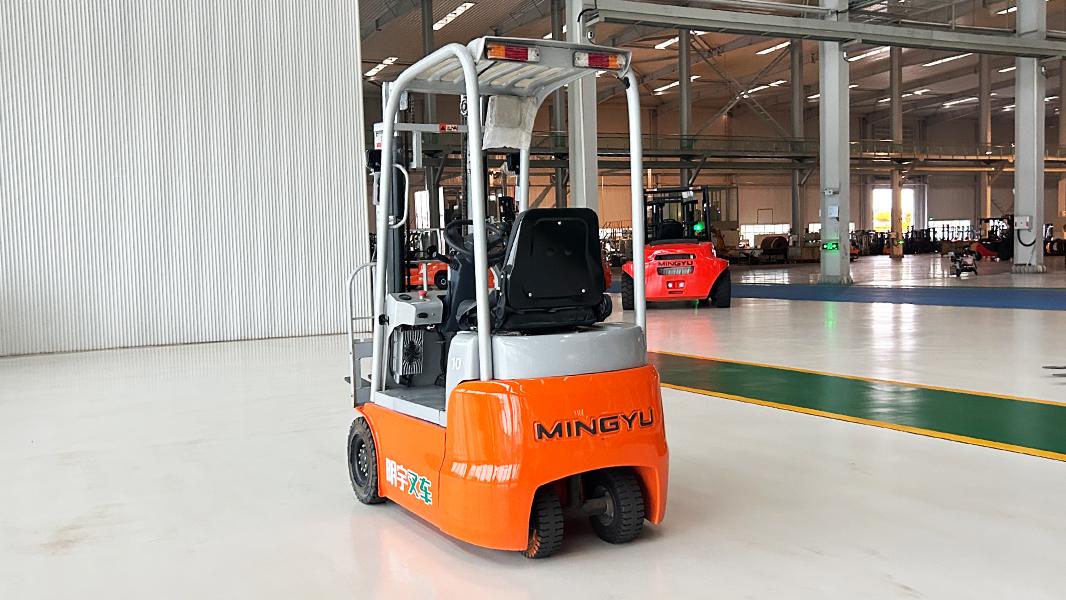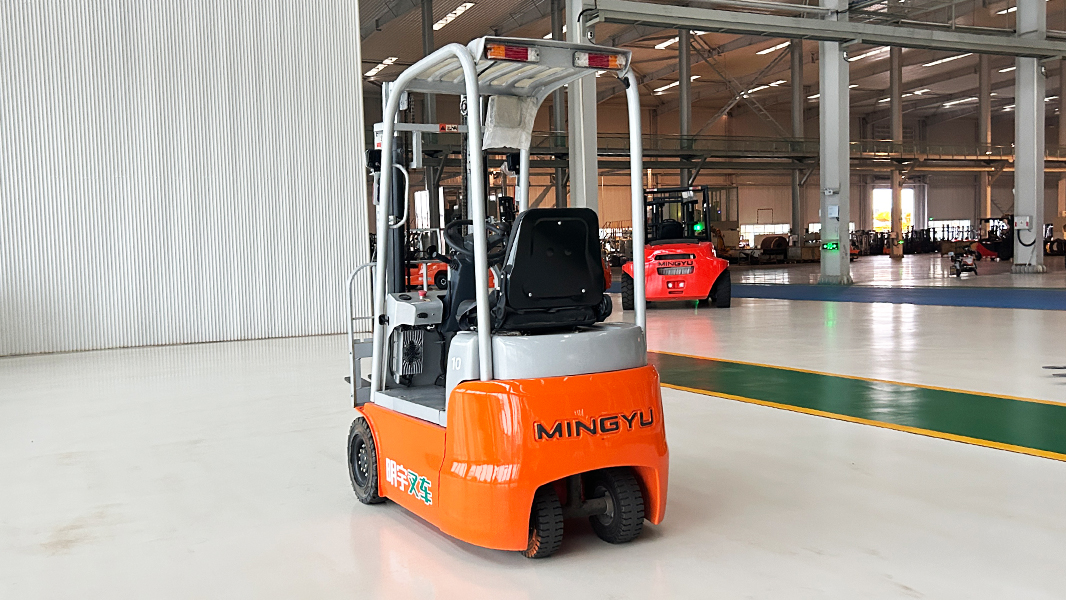I. Introduction
Forklifts are the unsung heroes of material handling, silently and efficiently moving goods across warehouses, factories, and distribution centers. As industries increasingly prioritize sustainability and operational efficiency, electric forklifts have emerged as a compelling alternative to traditional internal combustion (IC) models. Offering cleaner operation, reduced noise, and lower operating costs, electric forklifts are reshaping the landscape of material handling. This article provides a comprehensive overview of electric forklifts, exploring their core components, operational characteristics, advantages, applications, and the exciting future trends shaping their evolution.
II. Core Components and Technology
A. Battery Systems:
Electric forklifts rely on rechargeable batteries, with lead-acid being traditional and lithium-ion becoming increasingly prevalent due to faster charging and longer lifespan.
Battery capacity, measured in amp-hours (Ah), determines the operating time per charge, while voltage influences the forklift's power.
Charging systems range from standard plug-in chargers to fast-charging stations, and the charging infrastructure is a vital part of electric forklift operations.
Battery management systems (BMS) monitor battery health, optimize charging, and prevent damage.
B. Electric Motors and Drive Systems:
Electric forklifts utilize AC or DC motors, with AC motors offering higher efficiency and lower maintenance.
Motor control and drive systems regulate speed, torque, and direction, providing precise control and smooth operation.
Regenerative braking converts kinetic energy into electrical energy during deceleration, extending battery life and reducing wear on brakes.
The hydraulic systems in electric forklifts are powered by electric pumps, and allow the lifting and tilting of the mast.
C. Control Systems and Electronics:
Electronic control units (ECUs) manage various functions, including motor control, battery management, and safety systems.
Sensors and feedback systems provide real-time data on load weight, speed, and position, enhancing safety and control.
Operator interfaces and displays provide vital information on battery status, performance, and diagnostics.
Advanced safety systems include collision avoidance, and automatic speed reduction.
D. Chassis and Mast Design:
The chassis is designed to accommodate the heavy battery, and to distribute weight for optimal stability.
Mast design varies depending on the lifting height and load capacity requirements, and uses hydraulic cylinders to raise and lower the forks.
III. Operational Characteristics and Performance
A. Performance Metrics:
Lifting capacity and height vary depending on the model, with electric forklifts capable of handling loads ranging from light to heavy.
Travel speed and acceleration are often comparable to IC forklifts, with modern electric models offering responsive performance.
Turning radius and maneuverability are excellent, especially in narrow aisle applications.
Operating time per battery charge depends on battery capacity and usage, with lithium-ion batteries offering longer run times.
B. Indoor vs. Outdoor Performance:
Electric forklifts excel on smooth, level surfaces, making them ideal for indoor environments.
Performance in different temperature and humidity conditions is generally consistent, but extreme temperatures can affect battery performance.
Limitations in rough terrain or wet environments exist, although some models are designed for light outdoor use.
C. Noise and Emissions:
Electric forklifts operate quietly, significantly reducing noise pollution in the workplace.
Zero emissions at the point of operation contribute to cleaner air quality, especially in indoor environments.
Improved workplace environment leads to increased operator comfort and productivity.
D. Energy Efficiency:
Electric forklifts are very energy efficient, using energy only when needed.
Compared to IC forklifts, electric forklifts waste far less energy, and regenerative breaking returns energy back into the battery.
IV. Advantages and Benefits
A. Environmental Advantages:
Reduced carbon footprint due to zero emissions at the point of use.
Improved air quality in indoor environments, creating a healthier workplace.
Compliance with increasingly stringent environmental regulations.
B. Operational Advantages:
Lower operating costs due to reduced energy consumption and maintenance requirements.
Reduced maintenance requirements due to fewer moving parts compared to IC forklifts.
Improved operator comfort due to reduced noise and vibration.
C. Safety Advantages:
Reduced noise pollution enhances communication and situational awareness.
Precise control and smooth operation minimize the risk of accidents.
Regenerative breaking, and advanced electronic controls increase safety.
V. Applications and Industries
A. Warehousing and Distribution:
Ideal for indoor storage, order picking, and narrow aisle applications.
Efficient movement of goods in high-throughput environments.
B. Food and Beverage Industry:
Clean operation is crucial for maintaining hygiene standards in sensitive environments.
Temperature-controlled storage and handling of perishable goods.
C. Pharmaceutical and Medical:
Strict hygiene and emissions standards require clean and quiet operation.
Cleanroom applications and sensitive material handling.
D. Manufacturing:
Indoor material handling in automotive, electronics, and other manufacturing industries.
Efficient movement of components and finished products.
VI. Future Trends and Innovations
A. Lithium-ion Battery Advancements:
Faster charging times and longer lifespans increase productivity and reduce downtime.
Improved energy density allows for longer operating times and more compact battery designs.
B. Automation and Connectivity:
Autonomous electric forklifts integrate with warehouse management systems for automated material handling.
Remote diagnostic capabilities enable proactive maintenance and reduce downtime.
Integration with IoT devices to monitor performance.
C. Sustainability and Energy Efficiency:
Continued improvements in energy efficiency reduce operating costs and environmental impact.
Sustainable manufacturing and recycling practices minimize the lifecycle impact of electric forklifts.
VII. Conclusion
Electric forklifts are revolutionizing material handling, offering a compelling combination of environmental sustainability, operational efficiency, and operator comfort. Their core components, advanced control systems, and innovative battery technology make them a vital asset in modern industries. As technology continues to advance, electric forklifts will play an increasingly significant role in shaping the future of material handling, driving efficiency and sustainability in warehouses, factories, and distribution centers worldwide.
Post time:Mar.31.2025



